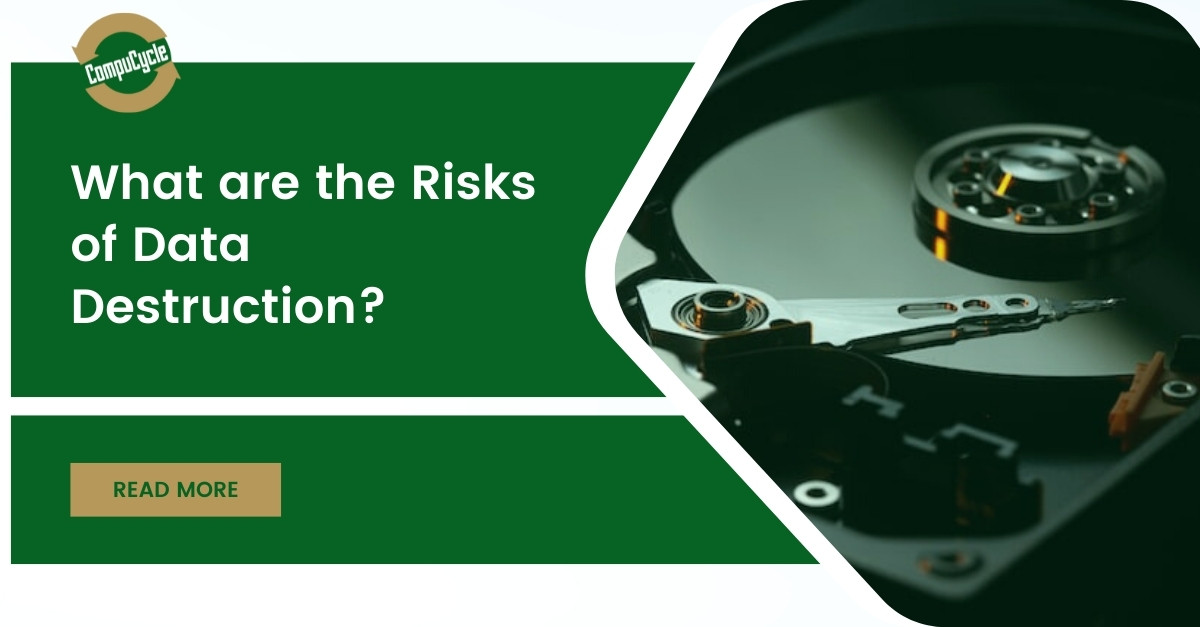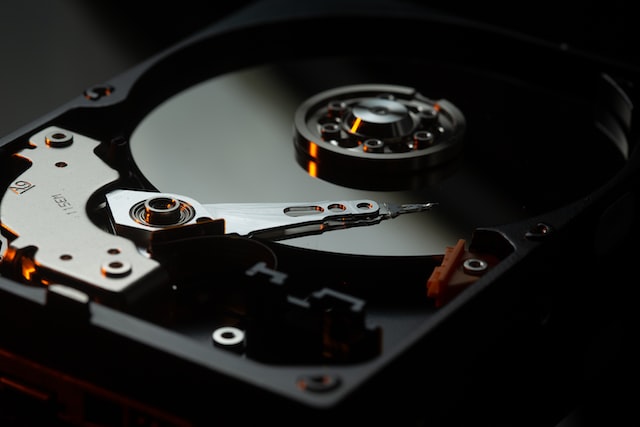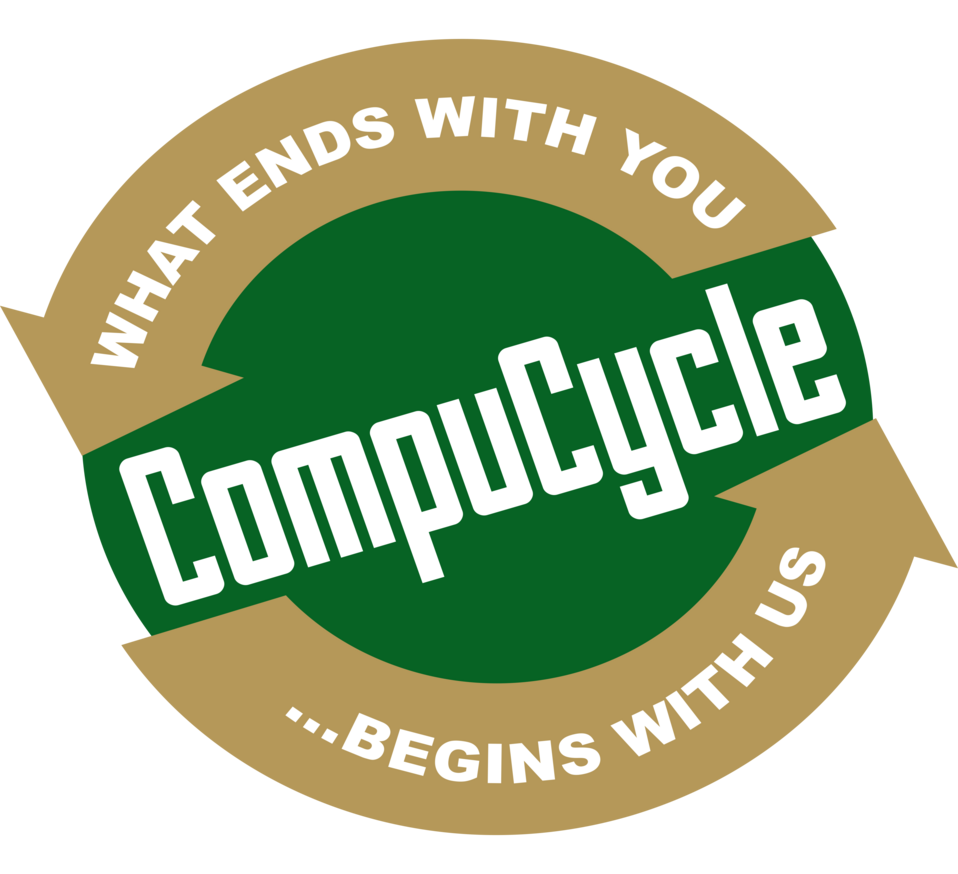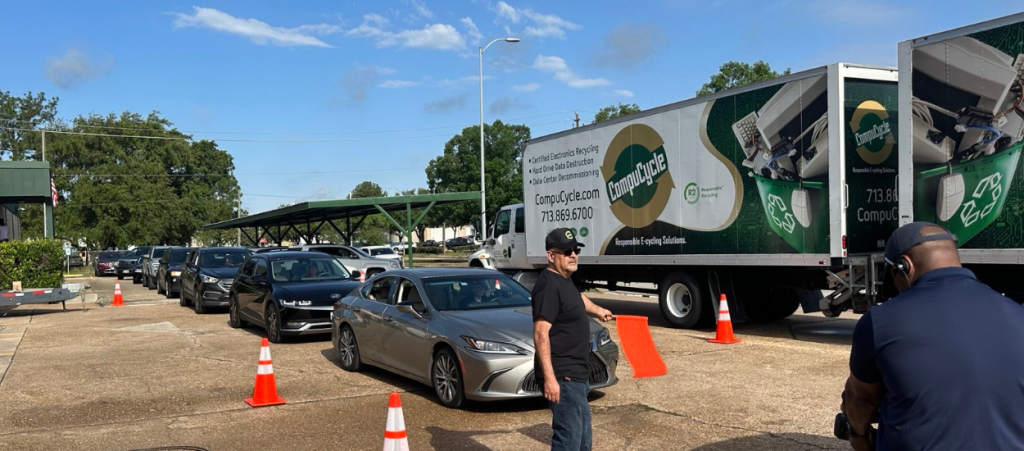
When it comes to destroying sensitive data, there is no such thing as being too safe. That’s why it’s important to carefully consider all your options for hard drive destruction before making a decision. Without proper hard drive destruction methods, there is a high degree of cybersecurity risk to companies.

After all, over 60% of small to medium companies end up closing down after a significant cyberattack on their system. This makes it important to securely dispose of hard drives for their own and their client’s safety.
In this article, we will take a closer look at the different hard corporate electronic asset destruction methods out there, the effectiveness of each method, and most importantly, the method’s impact on the environment.
Corporate Electronic Asset Destruction – What Are Internal Data Destruction Risks?
For organizations, a lot of sensitive data is stored on various electronic devices, such as computers, laptops, servers, and mobile phones. This data can include customer information, financial records, employee files, and more. If this confidential data falls into the wrong hands, it could be used for any malicious activity, such as fraud, identity theft, etc.
That’s why it’s important for organizations to have a plan for destroying this data when the devices are no longer needed. Otherwise, the data could potentially be accessed and used by anyone – even if deleted.
There are several risks associated with internal data destruction, such as:
1. Data Breach
If data is not properly destroyed, it could be accessed by unauthorized individuals. This could lead to a data breach, which could result in the theft of sensitive information.
2. Environmental Risks
Improperly disposed of electronic waste can release harmful toxins into the environment. These toxins can contaminate soil and water, and potentially harm wildlife.
3. Legal Risks
If data is not destroyed properly, it could be used in a way that is illegal. For example, if customer information is accessed without permission, it could be used for identity theft or fraud.
4. Reputational Risks
If an organization’s data is not destroyed properly, it could damage the organization’s reputation. This could lead to a loss of customers or investors, and potentially legal action.
5. Financial Risks
If data is not destroyed properly, it could be accessed and used in a way that is unauthorized. This could lead to monetary loss for the organization, as well as legal action.
How to Destroy a Hard Drive – The Different Methods of Hard Drive Destruction
Now that we’ve looked at the risks associated with internal data destruction, let’s take a closer look at the different methods of hard drive destruction.
1. Physical Destruction
Physical destruction is the most common method of hard drive destruction. This involves using a hammer or other physical force to break the hard drive into pieces. While this method may seem effective, it is not always reliable. If the hard drive is not destroyed completely, the data could still be accessed and potentially used maliciously.
Pros & Cons of Physical Hard Drive Destruction

Unfortunately, this method creates a lot of e-waste. It is a good idea to include on-site hard drive shedding on your own for better results.
2. Degaussing
Degaussing is a method of hard drive destruction that uses a magnetic field to erase the data on the hard drive. This method is considered to be more reliable than physical destruction as it is less likely to leave data intact. However, degaussing is not always 100% effective, and it can be expensive.
Pros & Cons of Degaussing

3. Data Erasure
Data erasure is a method of hard drive destruction that uses software to overwrite the data on the hard drive. This method is considered more reliable than physical destruction or degaussing as it is less likely to leave data intact. However, data erasure can be time-consuming, and it may not be effective on all hard drive types.
Pros & Cons of Data Erasure

What Are Mobile Hard Drive Shredders?
Mobile hard drive shredders are special machines that are designed to destroy hard drives. These machines are typically large and expensive, but they are considered the most reliable method of hard drive destruction.
It is often hard drive destruction policy to include these shredders policies and should be designed to ensure that hard drives are destroyed securely and effectively.
Physical Destruction vs. Data Erasure
Physical destruction and data erasure are the two most common methods of hard drive destruction. Both methods have their pros and cons, and it is important to choose the method that is right for your needs.
Physical destruction is generally less expensive than data erasure, but it is not always 100% effective. Data erasure is generally more expensive than physical destruction, but it is more likely to be effective.
It is important to note that physical destruction, such as hard drive shredding, can be done on-site, but data erasure usually requires special software and may not be effective on all hard drive types. Hard drive shredding is considered the most reliable hard drive destruction method, but it can be expensive. It involves breaking down the hard drive first and then shredding everything down to minute pieces to completely make it irrecoverable.
How Digital Data Destruction Services Can Help?
Digital data destruction services, such as CompuCycle can help you choose the right method of hard drive destruction for your needs. CompuCycle can also provide on-site hard drive destruction services, so you do not have to worry about doing it yourself.
CompuCycle offers expert digital data destruction services via our policies and knowledge gained by experience and digital data destruction certificates. CompuCycle ensure safety, reliability, and affordability above all. Contact CompuCycle today to learn more about our services and how we can help you protect your data! Let CompuCycle help you mitigate corporate electronic asset destruction risks properly!
Recent Articles
CompuCycle Executives Join R2 TAC and e-Stewards Leadership Council to Advance ITAD Standards
Houston-based ITAD provider deepens its industry influence through active participation in standard-setting committees. As corporate ITAD needs evolve alongside stricter compliance and ESG requirements, CompuCycle continues to lead the way—this time by contributing directly to…
Read MoreI’m Just a Computer: A Journey Through ITAD Recycling
Meet Chip the Computer – he’s about to take you on an unforgettable journey through the world of IT Asset Disposition (ITAD). Buckle up for an adventure that’s both educational and entertaining! Chapter 1: “Hello,…
Read MoreIs There a Wrong Way to Recycle Electronics?
Most people agree that recycling electronics is the right thing to do. It prevents hazardous waste from entering landfills, supports sustainability goals, and allows for the recovery of valuable materials. But what many businesses don’t…
Read MoreCompuCycle In The News – Earth Month 2025
ABC13’s Earth Day E-Cycle Drive in Spring Branch Sponsored by CenterPoint Energy & CompuCycle Join Eyewitness News and help make a difference in Houston at the 18th annual ABC13 Earth Day E-Cycle Drive FRIDAY, APRIL…
Read MoreCompuCycle In The News – Earth Month 2025
From Trash to Treasure: Follow the Extraordinary Journey of a Recycled Laptop Collected at the E-Cycle Drive
How ITAD Can Offset Enterprise IT Costs: The CIO’s Guide
- « Previous
- 1
- 2
- 3
- Next »



